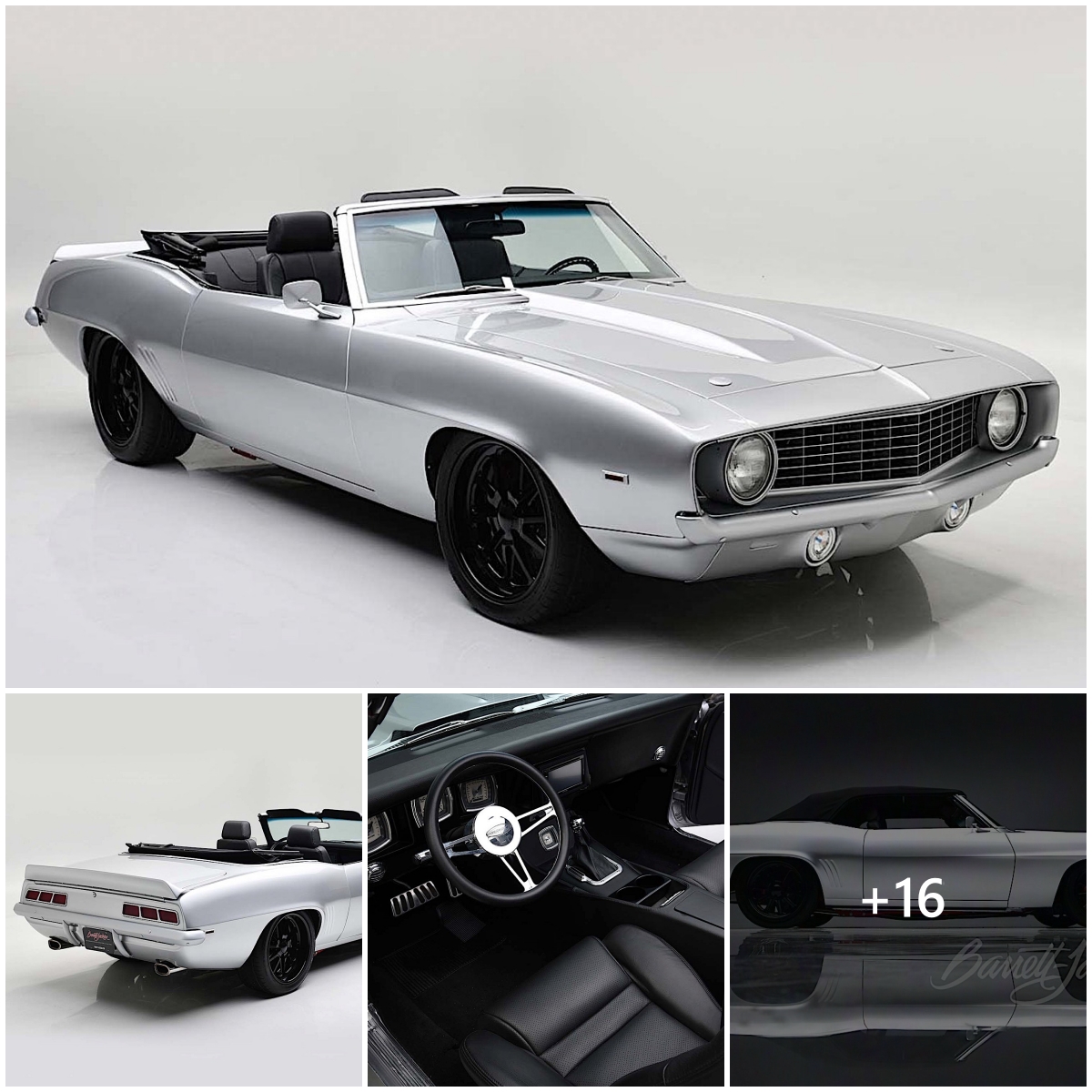
Swedish boutique super/hyper/mega-car manufacturer Koenigsegg is at it again, adding to the automotive technology lexicon with its new Dark Matter “Raxial Flux” electric motor, boasting full carbon-fiber construction and a novel permanent six-phase winding. This motor is destined for use in the Koenigsegg Gemera two-door four-seat hybrid hypercar, and we caught up with founder Christian von Koenigsegg to learn more about this 800-hp, 922-lb-ft, 86-pound wonder, which is a further evolution of the brand’s smaller Quark motor.
What is Raxial Thrust?
Koenigsegg is not at liberty to divulge all the details until the intellectual property is fully locked down with patent protection, but he describes the motor as “mostly axial, with a bit of radial flux—a radial effect on an axial flux layout.” However, the magnetic field is flowing, the motor, measuring roughly 15 inches in diameter and 5.3 inches thick, ends up looking like either a fat axial or a tall radial-flux motor that blends axial-flux torque density with radial-flux power density and packages nicely between an engine and transmission.

Carbon Fiber Rotor, Stator, and Housing
Tesla has used carbon fiber to wrap the rotors in its highest performing motors, in an effort to contain the permanent magnets at high speeds, but Koenigsegg will be first to produce a carbon-fiber rotor and stator structure. Everyone else uses a stack of laminated steel plates to hold the magnets in the rotor and the copper windings in the stator, as the ferromagnetic steel amplifies the magnetic flux created by each.
There may turn out to be some steel used for such purposes, with all structure being carbon. Deleting steel altogether might require more or larger permanent magnets and/or perhaps more copper, which would be more expensive—admittedly not a big concern at the Koenigsegg selling price. At least the photos reveal the housing to be made of forged carbon fiber.
800 Horses, 922 lb-ft, Low RPM
You might think the carbon fiber would allow stratospheric motor speeds, but this large-diameter motor is not a revver. The web site lists max speed as a modest, piston-engine-like 8,500 rpm, though in our interview, Koenigsegg pegged Vmax at 10,000 rpm. Either is plenty fast enough for a hybrid helper motor, as this is not as a primary EV propulsion unit. Power is more than ample, at 800 hp. Torque is 922 lb-ft.

Six-Phase Winding
The stator features two separate three-phase AC windings, which reduces current ripple and generally helps deliver more torque than permanent-magnet electric machines of the same power could with just three. The six phases are fed by a silicon-carbide inverter of Koenigsegg’s design named David. It weighs only 33 pounds with a volume of 610 cubic inches. This inverter can kick out 1,300 Amps (root mean square) AC at 850 V (DC).
Bespoke Battery Packs with Dielectric Cooling
Koenigsegg designs its own battery packs, using purchased cells, but the cooling method is somewhat novel. Koenigsegg floods the battery pack with a special dielectric oil mixed with various additives to provide very direct cooling. This approach is said to be more effective than pipes and cool plates bonded to the bottom of the battery cells.

1-, 2-, 3-, or 4-Wheel Electric Drive
Just to recap the Koenigsegg Gemera’s innovative “Tourbillon” (watch movement) drive system, the Dark Matter motor is positioned just ahead of a mid-mounted twin-turbo V-8 engine to which it is clutched so that either or both can propel the car. These power sources connect directly to all four wheels, via a propeller shaft and bevel gears. To reach the rear axle, which is roughly in line with the aft-most cylinders, there is transfer gearing that translates the torque around either side of the engine to the half-shafts. A clutch at each of the four half-shafts apportions the torque where it can do the most go, while also allowing the slip necessary to account for different wheel speeds in turns. Deliveries of the four-seat Gemera are scheduled to begin in early 2025, at a price of just $2.6 million.





